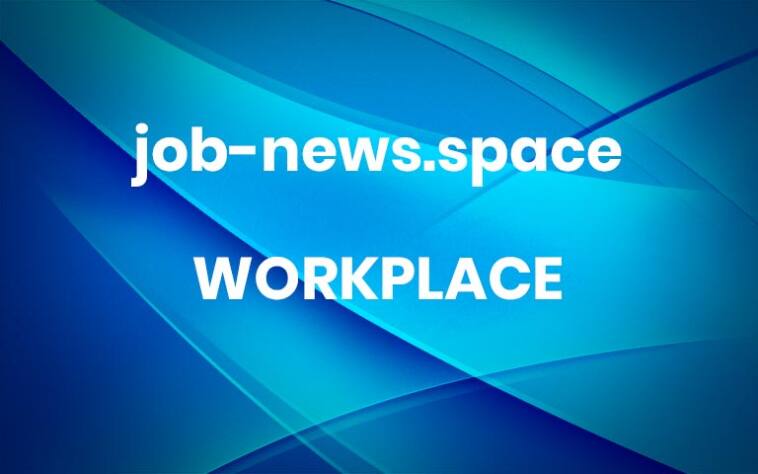The ROI of Impact-Driven HR Initiatives on the Workplace
Investing in people in business can often mirror the stock market — volatile, reactive, and rarely steady in any single pattern for too long. When talent wars rage, some companies scramble to outdo one another with benefits and perks, vying for the title of “best place to work.” Yet, as soon as the climate cools…
The ROI of Impact-Driven HR Initiatives on the Workplace Undercover Recruiter – More


